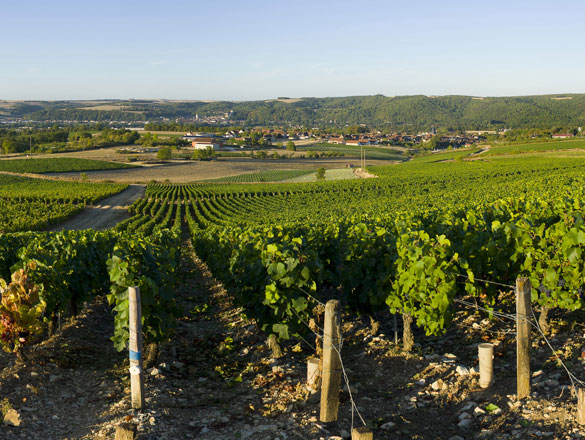

The vineyards of Bourgogne produce some great wines with a historical and international reputation. However, the region is not simply limited to its iconic appellations. In addition to its Village Premier Cru and Grand Cru AOCs, it also produces a range of wonderful Régionale and Village appellations to explore.
You will also find a full list of the Bourgogne’s Climats and lieux-dits on this page.
Check out the complete list of the 84 Bourgogne appellations.
However, your exploration has only just begun. Bourgogne wines have never before offered such high quality. Besides our range of internationally celebrated wines, try some of our lesser-known appellations where there are lots of surprises in store.
And for a fun way to find out more about the wines on offer, try out our “Which Bourgogne wine is right for me?” quiz, or check out Bourgogne Maps to take an interactive tour of the region.
Regional appellation ; Dénomination Géographique Complémentaire
VIGNOBLES DE CHABLIS ET DU GRAND AUXERROIS
31 juillet 1937
Reds - Pinot Noir and Pinot Gris.
Reds - Pinot Noir and Pinot Gris.
Area under production*:
1 hectare (ha) = 10,000 m² = 24 ouvrées.
Reds: 87.69 ha
Rosés: 7.82 ha
Average annual yield**:
1 hectolitre (hl) = 100 litres = 133 bottles.
Reds: 2,668 hl
Rosés: 240 hl
*In 2022 **5-year average, 2017-2021
The Bourgogne Epineuil Régionale appellation covers still red and rosé wines produced in an area of the village of Epineuil that was defined in 1990.

The reds are cherry red in color and vary in intensity, with touches of ruby red. The nose offers notes of cherry, blackcurrant, strawberry, pepper, licorice, and toast, sometimes with added hints of rose, violet, and blueberry. In the mouth, it is fresh and fruity, with sophisticated, crisp
tannins, and a long, saline finish.
The rosés are salmon pink to orangey pink in color, with touches of pale silvery pink. The nose offers notes of redcurrant, melon, bell pepper, and pomelo, with suggestions of rose, pepper, star anise, orange, and peach. In the mouth, they are fruity, vinous, and spicy, with a saline finished topped off by marine notes and hints of aniseed.

Red: Its fruitiness and fleshy texture makes this a convincing partner to grilled salmon, sophisticated cold cuts, stuffed cabbage, oeufs en meurette, roast chicken with morello cherries, quail stuffed with grapes, beef stews, braised veal, and vegetable gratins. Or try it with goat cheese, Mimolette, Reblochon, and Saint-Nectaire cheeses.
Serving temperature: 13-14°C.
Rosé: Its freshness, vinosity, and powerful fruitiness make this wine a choice companion for mixed salads, shellfish sautéed with tomato, stuffed bell peppers, summer brochettes, grilled fish with vegetables in olive oil, Asian-style sautéed pork, and goat cheese like Picodon.
Serving temperature: 11-12°C.

The hill of Epineuil is opposite Tonnerre, on the right bank of the river Armançon, a tributary of the river Yonne. The abbeys of Saint-Michel and De Quincy produced highly-reputed wines here since the late Middle Ages. Under the reign of Louis XVIII, Epineuil still had 362 hectares of vines before phylloxera struck. The rebirth of this winegrowing region began in 1978, driven by mayor André Durand and local winegrowers, who continue to write the history of the wines of Epineuil, made famous by the Chevalier d’Eon, Boileau, and Alfred Grévin, a native of the village, who gave his name to the famous waxworks museum in Paris.

The vines of Bourgogne Epineuil grow on the steep slopes of a hill and a valley at between 140-265m above sea level. They face southeast, south, southwest, and northwest, sheltered from the winds blowing from the plateau of Langres. Their roots plunge into very pebbly, marl-limestone soils from the Kimmeridgean and limestone soils from the Portlandian.
